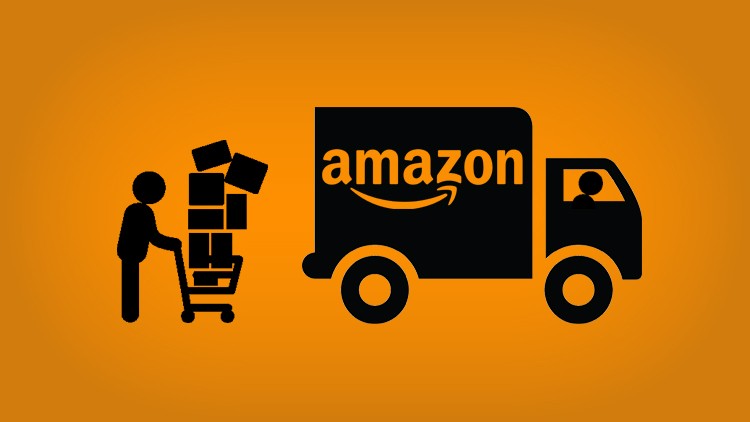PQLs and MQLs stand for Product Qualified Leads and Marketing Qualified Leads, respectively. These are two very different approaches to acquisition and occurred on two different sections of the retention funnel.
Before we jump into the differences between PQL and MQL, we must take a step back and look at the origin of these phases. While many marketers think of these as buzzwords, the purpose they bring to marketing and lead-generation is highly precise.
Understanding each of these data-points individually will help us better understand their innate difference.
Understanding MQLs.
If you look at the “funnel” in marketing, we consider the people at the top of the funnel to be all the leads for a product or service. This funnel later narrows down based on interests, purchasing power, utility, and many other parameters to one who is qualified to buy.
A Marketing Qualified Lead is a parameter setup for the sales and marketing team to determine if the leads they have in hand hold certain qualities that match the brand.
We use data and the score to determine if they make a perfect match for your product or the service you aimed to sell. This process is not limited to the demographic of the user but also how the person interacts with the many limbs of the product/service.
To state an example, consider Netflix to be the product. If a user signs up for a Netflix mailing list, they can be determined as a Marketing Qualified Lead, giving the sales team a reason to prompt them to buy the subscription.
However, the reasons for joining the mailing list might not be a definite factor to determine that the user is a perfect customer. They could sign up for this just out of curiosity, study the mail process, or much more.
Although relevant to a marketer, this information is not a sure way to determine if the person would eventually buy the product.

Similarly, if a person signs up for a free trial of Netflix and then is at the end of this period — they are determined as Sales Qualified Leads (SQLs). These are people who have already used and shown interest in your product and can become a permanent member.
MQLs and SQLs are prevalent in mostly SaaS products and function as excellent determinants for good-quality leads. But a definite way for a SaaS business to push leads is with PQLs.
Understanding PQLs.
Now that you get the basics, a PQL or a Product Qualified Lead is drastically different for the above two points on the funnel. This factor is the use of in-product behavior to determine the effectiveness at which this user becomes a definite customer.
As established by Bruno Estrella, who leads PQL initiatives at Webflow, suggests that PQLs combine demographic, firmographic, and in-product data while MQLs only have the first two.
To explain in layperson’s language, this is a person who has used the product and taken a significant amount of actions within them. This action establishes that they are potentially a paying customer.
The basis of a PQL stems from the product trial only. This trial period gives users a fixed amount of time (or attempts, or group size) to test the product for free. But while they are on the product, it also gives data-points to the brand to study their behavior and plan an appropriate sale.
If we take the same example of Netflix — imagine the user is on trial and uses it for a couple of days. After, which we see almost no activity from the user, although the product is free.
This action ordinarily means they are uninterested in the product and become a less-viable choice for a paying-user. However, if this user accesses the account all day during their time — the odds of them paying a premium is exponentially higher.
The Difference between PQLs and MQLs?
And from the above two discussions, it’s apparent that both PQLs and MQLs are radically different. While MQLs are leads determined by the demographic, or interactions with the products, they do not use the product directly.
However, a PQL is a business, or person, who tried and experienced the free-version of a product. Their behavior towards the product-itself becomes the basis of their acquisition as a paid-user.
Determine the PQLs.
As a brand, the PQL data seems far superior. But how does one use them to their advantage?
It all starts with identifying the right in-product action that provides you with important data for your advantage.
For example, on a platform like Slack, when a team has exchanged more than two-thousand messages. This action creates an in-product determinant that this team might be a suitable prospect for an upgrade.

These actions on the product will vary for each company, but you can determine by recognizing what features a successful consumer uses the most. This factor will determine the point where you can expect them to tip-over to a paying user.
There are a few other factors outside of this that can help you determine PQLs. Like if a consumer has requested assistance in sales during the trial period — this could also be a possible point of acquisition.
Others who have reached the end of their trial, but continue to visit the product are also people who could fit the bill. It would help if you did not ignore users who show no interactions with the sales team but attempt to make a purchase.
Lately, other PQLs can be determined based on behavior patterns. For example, if a user is spending too much time on a free trial. These can also be people who log-into the platform or use certain features very frequently.
Final Thoughts,
A fascinating fact about lead generation is that eighty percent of any company’s revenue comes from just twenty percent of users. Malcolm Gladwell also reinforced the same in his book “Tipping point”. This ratio of interests is simply human behavior.
Therefore, we can conclude that; rather than chasing those who show interest or remain in the realm of the product, a company can create a more significant impact from changing leads who are first-hand-users.








